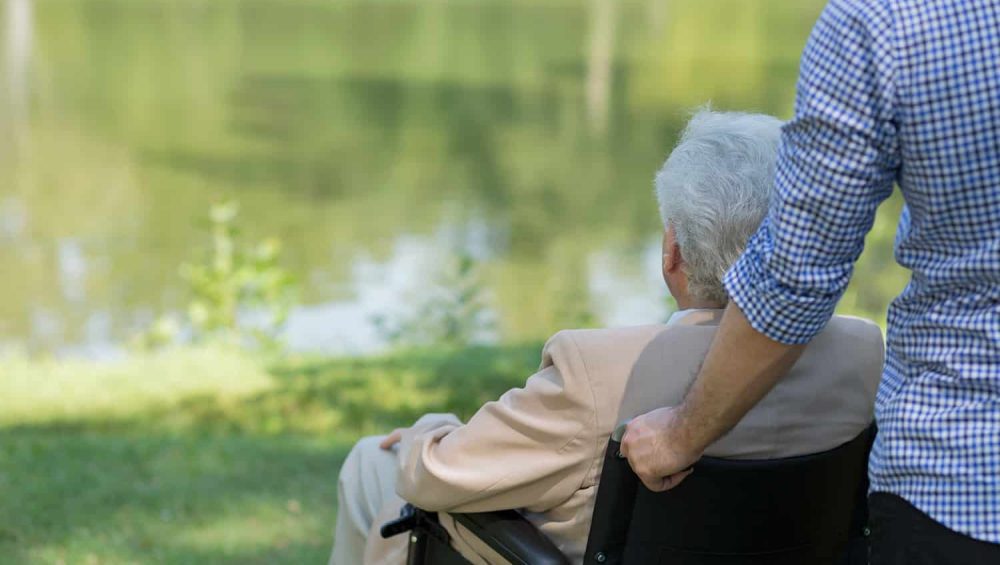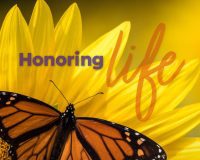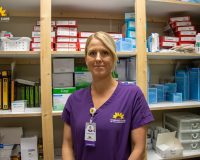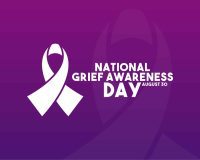
According to the National Alliance for Caregiving and AARP, in 2015 there were approximately 43.5 million caregivers that provided unpaid for care to an adult or child in the last 12 months – with 34.2 million providing unpaid care to an adult age 50 or older. The majority of caregivers (82%) care for one adult, while 15% care for 2 adults, and 3% for 3 or more adults.
These numbers represent caregivers – unpaid individuals who are typically the spouse, partner, family member, friend, or neighbor versus formal caregivers who are paid care-providers for patients in nursing homes or assisted-living facilities. Family caregivers provide a critical role in helping patients heal and stay out of hospitals, which can become costly. Unfortunately many of these caregivers are caring for their loved ones with no training on how to manage certain aspects of care that the patient may need such as multiple medications, provide wound care, manage special diets, give injections, and operate monitors or other specialized medical equipment.
In many of these cases, caregivers rely on learning how to care for their loved ones on their own. There is support in care settings, but very little is actually taught to the caregiver on how to take care of the patient once discharged from the hospital. The skill set needed to provide the best quality at home care for the simple tasks and chores is usually learned through experience. Though they have good intentions, there’s still an element of not knowing what’s best for the patient’s well-being.
To date, 33 states have adopted legislation requiring medical centers to give caregivers basic training or instructions when a patient heads home from the hospital, though how this is carried out is largely up to the hospital. Hiring help at home can be unaffordable to most families, which forces them to rely on friends, family or themselves.
In October 2016, Minnesota became the latest state to pass laws to prepare potential caregivers to know what the patient may need. AARP has been instrumental in urging states to enact the Caregiver Advise, Record, Enable (CARE) Act and help family caregivers as their loved ones go into the hospital and as they transition home.
In part, the CARE Act requires hospitals to:
- Record the name of the family caregiver on the medical record of your loved one.
- Inform the family caregivers when the patient is to be discharged.
- Provide the family caregiver with education and instruction of the medical tasks he or she will need to perform for the patient at home.
The CARE Act has been signed into law in 18 states. Healing doesn’t end when a patient is discharged from a hospital. It needs to continue at home and without the financial ability to hire formal caregivers, the natural next step is to teach those family caregivers at home to ensure continued healing, and also a decrease in the number of emergency room visits or readmissions due to complications which arise from lack of knowledge on how to medically care for a loved one.
Hospitals don’t get paid for this extra service but there is a benefit for them to conduct it. Based on the Hospital Readmissions Reduction Program created by the federal government under the Affordable Care Act, Medicare gives a financial penalty to medical centers if too many patients bounce back and have to be admitted.
Caregivers tending to family members experience a gamut of medical conditions ranging from being just released from the hospital from heart surgery to complications from diabetes or dementia. Providing training and even basic knowledge of best practice and care provides a sense of well-being and comfort to the patient and a security in the knowledge for the caregiver that they are providing the best comfort and care possible.
Click here to learn more about what it means to be a caregiver.
Additional Links:




